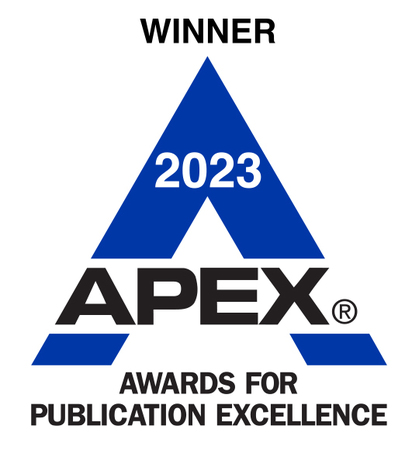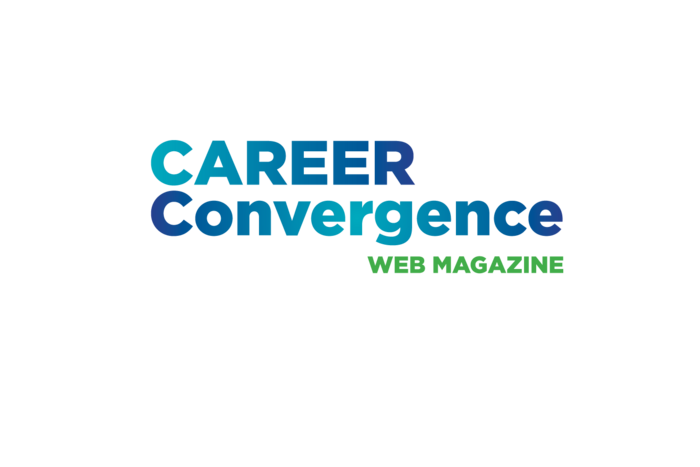11/01/2025
Building Collaborative Partnerships for Integrated Career Education
By Kelsey Nelson and Jamie Jensen
Career service professionals across the United States face a shared and persistent challenge: how to effectively scale services to meet the diverse and growing needs of the entire student body (Podany, 2017). With limited staff and rising student populations, many career centers navigate a landscape of challenges ranging from budget shifts, leadership turnover, department restructuring, and faculty retirement or departures (Hiration, 2024). These factors underscore the dynamic and often unpredictable nature of working within a university system, creating a constant pressure to adapt. To address the overwhelming demand and limited capacity, many career service professionals have sought to partner with professors, recognizing that faculty members can be a key scaled support mechanism (Bridgstock et al., 2019). This is a promising strategy, given that 92% of responding faculty in a recent National Association of Colleges and Employers survey reported that students asked them for career advice (Gatta et al., 2024). Therefore, the journey toward full integration of career education requires establishing strong, collaborative relationships between career services and academic departments.
At Boise State University, the challenge of scaling services was particularly acute. A small team of career service professionals was tasked with being available to meet with over 27,000 students, yet their capacity was limited to approximately 2,000 individual appointments annually. In response to this high caseload and the desire to effectively leverage the powerful role of faculty, Boise State University began constructing a framework to build strong, collaborative partnerships with its academic departments. Career service professionals can draw insights from Boise State's approach to integrated career education as they focus on practical strategies and a deep understanding of academic environments to establish these crucial relationships and navigate the constantly evolving landscape of higher education.
The Four Pillars of Collaboration
Boise State Career Services has developed a four-pronged approach to building collaborative partnerships with faculty. These pillars provide a roadmap for other career centers seeking to create similar partnerships.
1. Make It Easy: Lower Barriers and Reduce Friction
This pillar focuses on presenting and engaging with faculty. The goal is to lower barriers to entry, remove obstacles, and make collaboration feel manageable. This approach reduces the perceived burden on faculty, demonstrates respect for professors’ time, and facilitates quick wins. Ultimately, the aim is to make career integration feel like a natural and manageable extension of a faculty member’s existing teaching, not an added burden.
Practical Strategies:
- Develop adaptable assignment templates with rubrics and instructions that faculty can easily customize to their discipline.
- Create online Learning Management System (LMS) modules with clear implementation instructions.
- Offer tiered levels of engagement to provide faculty with multiple ways to buy into career services. This could range from simple additions to courses, such as incorporating career-related questions into a syllabus (minimal effort), to modifying existing assignments (moderate effort) or examining career education across a department (maximum effort).
2. Do Less, Better: Prioritize Quality Over Quantity
This pillar focuses on what to ask of others. The goal is to ensure efforts are meaningful and sustainable by prioritizing high-impact activities. This approach reduces the demand on faculty time and allows for more meaningful support. The key is to prioritize efforts to ensure the greatest possible impact.
Practical Strategies:
- Focus on one or two key interventions or programs to ensure they are executed effectively and remain sustainable within a department’s bandwidth.
- Recognize that one or two successes can pave the way for future partnerships. This approach follows a natural progression: small touchpoints lead to faculty interest, which leads to strong relationships and, eventually, sustainable programming.
3. Be Consistent: Build Trust Through Reliability
Consistency is about engaging and following through over time. The goal is to establish a reliable and predictable presence in interactions and foster a sense of stability. The reputation a career service department wants to have with faculty members on campus should inform its behaviors.
Practical Strategies:
- Create and publish a set of guiding principles for the department. These principles serve as a foundational roadmap and promote transparency in the approach to faculty.
- When creating guiding principles, reflect on the collective vision, core values, and desired relationships with faculty. Some questions for reflection include the following:
- What is the role in supporting faculty with integrated career education? What are the boundaries?
- What kind of relationships does the department want to cultivate with faculty?
- Set the tone of the relationship with your actions. Simple things like being on time and prepared for meetings, following up on action items afterward, and being responsive to emails can make a big difference. When an individual is accountable for their actions, people learn they can rely on them.
- Be respectful and collaborate. Show that others are valued by respecting different perspectives and working styles. Be willing to collaborate and compromise to find solutions that work for everyone.
- Maintain transparency and know your capacity. Be honest about what can and cannot be done. Do not overcommit, and communicate boundaries. This shows respect for one's own time and for the time of others.
4. Listen First: Understand Needs and Build Solutions
This pillar focuses on understanding the needs and perspectives of others. By understanding their context, more relevant and effective strategies can be created that are more likely to be sustained. Listening first demonstrates respect for faculty expertise and fosters a sense of ownership.
Practical Strategies:
- Go into every faculty meeting with a primary goal of understanding their needs. Come from a place of curiosity and focus on exploring each relationship individually.
- Utilize counseling skills in meetings. Ask open-ended questions about teaching goals, curriculum, and challenges in preparing students for careers.
- Employ active listening by asking clarifying questions and summarizing points to confirm understanding.
- Acknowledge and validate their concerns, understanding faculty pressures such as research, enrollment, and limited capacity.
Strategic Collaboration
Boise State Career Services' approach to building collaborative partnerships provides a framework for career centers seeking to integrate career education within their academic units. By making it easy, prioritizing quality, being consistent, and listening first, career centers can successfully initiate and cultivate faculty relationships to integrate career education into academic programs.
References
Bridgstock, R., Grant-Iramu, M., & McAlpine, A. (2019). Integrating career development learning into the curriculum: Collaboration with the careers service for employability. Journal of Teaching and Learning for Graduate Employability, 10(1), 56–72. https://doi.org/10.21153/jtlge2019vol10no1art785
Hiration. (2024, June 5). Behind the scenes 2023: 7 challenges & insights for US career services. Hiration. https://www.hiration.com/blog/career-services-challenges/
Gatta, M., Finley, A., & Green, P. (2024, April). Faculty attitudes and behaviors: The integration of career readiness into the curriculum. National Association of Colleges and Employers. https://www.naceweb.org/research/reports/the-integration-of-career-readiness-into-experiential-learning-and-high-impact-practices
Podany, J. (2017, July 31). Scaling career services (Part 1 of 7): What’s the big deal? The Collective. https://www.careerleadershipcollective.com/post/2017/07/31/Scaling-Career-Services-Part-1-of-7-Whats-the-big-Deal
Jamie Jensen, Ed.D. (he/him) is a Senior Career Counselor at Boise State University Career Services. Jamie is a Licensed Professional Counselor (LPC) and Clinical Counseling Supervisor whose professional interests and research include integrating career education into academic programs and student retention. His publications address career development, program evaluation and increasing student success. Connect with Jamie at jamiejensen2@boisestate.edu
Kelsey Nelson (she/her) is a Senior Integrated Career Education Specialist at Boise State University Career Services. In her role, Kelsey helps to integrate career education into academic programs through resource development, faculty training, and collaboration. Additionally, she serves as a Commissioner on the State of Idaho Governor’s Commission on Service and Volunteerism, and as the Internship Coordinator for the Boise State University School of Public and Population Health. Connect with Kelsey at kelseynelson1@boisestate.edu.



